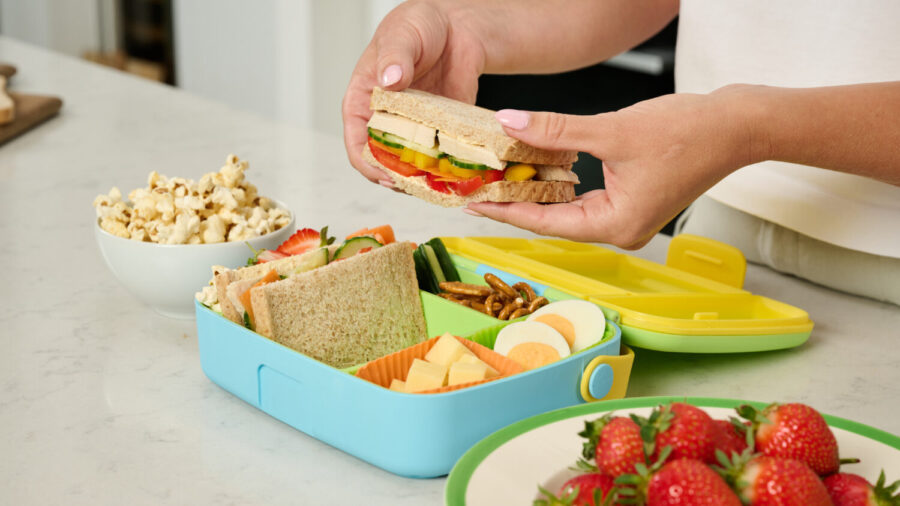
SALT LAKE CITY — Nutritious food not only fuels your body, it fuels your brain.
Let’s Get Moving host Maria Shilaos spoke with Gabriela Murza with Utah State University’s Health Extension: Advocacy, Research, and Teaching (HEART) Initiative to learn how nutritious food can improve our mental health.
The food that we eat has the ability to impact how well our brain can function. It can affect how we think and communicate with the rest of our body.
“For example, certain foods can cause inflammation. And in some of these studies, having a lot of inflammation in our body can increase depressive symptoms over time,” Murza said.
While it’s okay to have cravings every now and then, Murza said it’s important to be able to eat things in moderation and not punish ourselves for something we ate.
“That really plays a role in how we think of food and how it can affect our mental health and just our overall relationship with our food and even with ourselves,” Murza said.
The path to eating nutritious food
If you are trying to make any dietary changes, start small and take things one step at a time. Murza said it can even be a weekly challenge.
“For example, maybe one week, if you eat snacks several times a day, maybe you choose to eat a healthier option,” Murza said. “Maybe you have whole fruit instead of a bag of chips. And then you could still have a bag of chips, but maybe just one of those versus a couple of times a day.”
If you tend to drink a lot of soda, you can even replace one of the cans of soda with some water.
“So you’re not completely taking out something you enjoy, but instead you’re kind of working in something healthier, something that can work, something with more nutrition and nutrients and things like that that can help you,” Murza said.
Changes don’t happen overnight. Murza recommended taking some time to understand what your eating habits are and what your dietary needs are. Then, establish some goals based off of those needs and start making those changes.
Read more from the Let’s Get Moving podcast:
